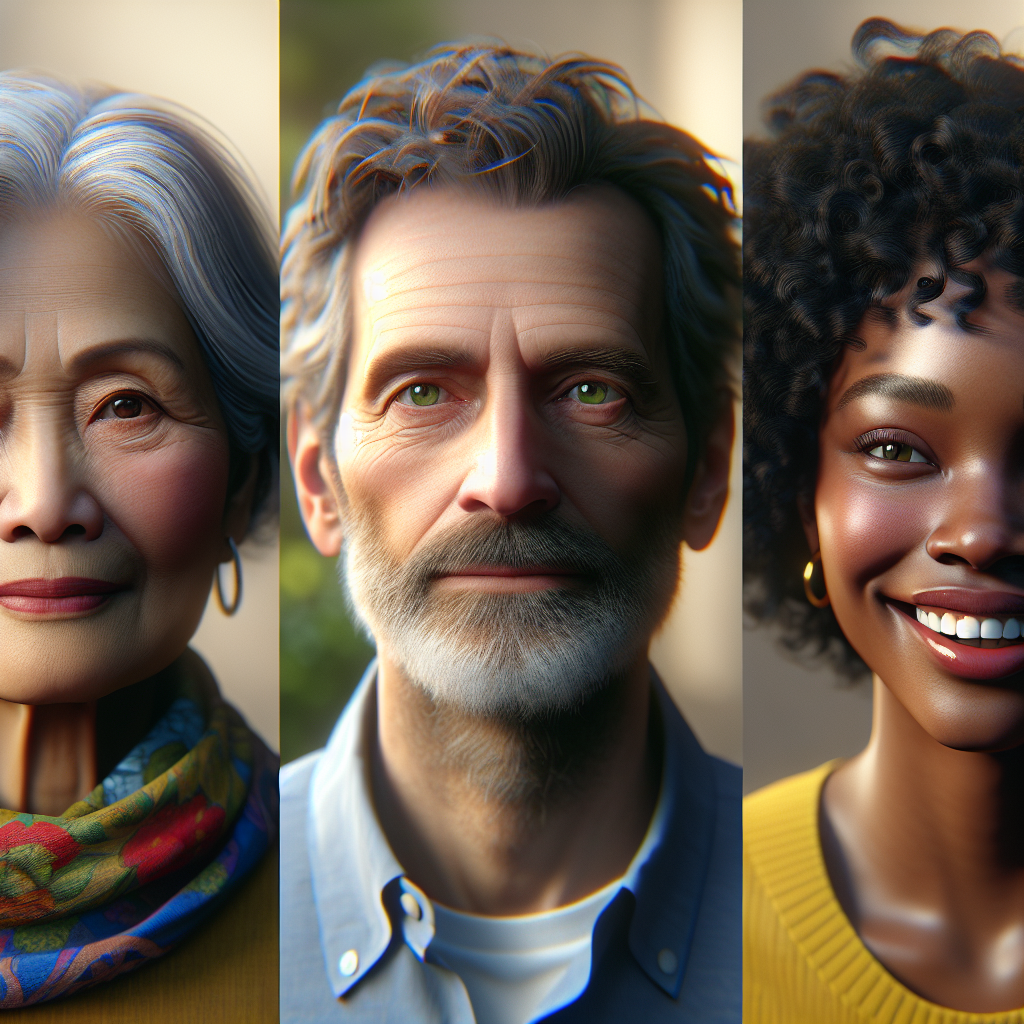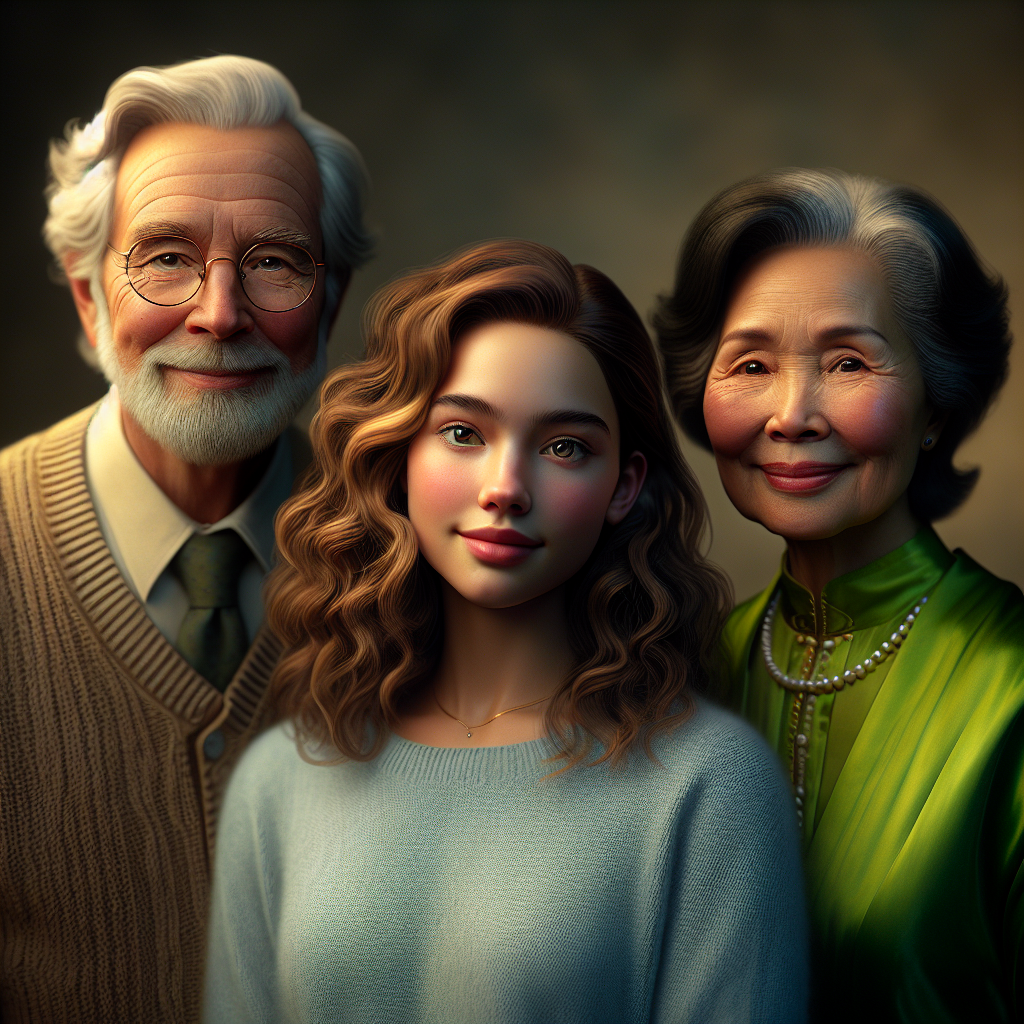Understanding Portrait Photography: An Easy Explanation
Portrait photography is an art that captures the essence of an individual, showcasing their personality and emotions through the lens. This portrait photography explanation delves into what makes this genre unique and essential for creating lasting memories. Unlike other forms of photography, such as landscapes or architecture, portrait photography focuses on people, emphasizing their features, expressions, and the stories they convey.
At its core, portrait photography is about connection. It allows the photographer to engage with the subject, creating a comfortable environment that encourages genuine expressions. The goal is to encapsulate the subject's unique beauty and character, making each photograph a true representation of who they are. Techniques such as lighting, composition, and background selection play a crucial role in enhancing the overall impact of the portraits.
Whether it's a family portrait, an individual headshot, or a candid moment, each photograph tells a story of its own. As we explore the various aspects of portrait photography, you will discover the techniques and styles that can help you create stunning images that resonate with viewers.
Ready to capture your unique essence? Book a session today and let’s create beautiful memories together!
Importance of Portrait Photography in Art

The significance of portrait photography in the realm of art extends far beyond mere aesthetic appeal. It serves as a powerful medium for storytelling, allowing artists to convey emotions, culture, and identity through the faces of their subjects. Portraits have a unique ability to capture the essence of an individual, reflecting their personality, background, and experiences.
One of the primary reasons portrait photography holds such importance is its historical context. Throughout history, portraits have been used to document important figures, commemorate achievements, and preserve memories for future generations. From classical paintings to modern digital photography, the evolution of portraiture has played a crucial role in shaping our understanding of society and culture.
Additionally, portrait photography fosters connections between the photographer and the subject. This relationship is vital in creating authentic images that resonate with viewers. A well-executed portrait can evoke empathy, sparking conversations and reflections on the human experience. Through the lens of portrait photography, artists can challenge perceptions, celebrate diversity, and highlight the beauty found in individuality.
In contemporary art, portrait photography continues to evolve, embracing new technologies and styles. Artists experiment with various techniques, such as mixed media and digital manipulation, to push the boundaries of traditional portraiture. This ongoing innovation keeps the art form fresh and relevant, ensuring its place in the ever-changing landscape of visual storytelling.
Different Styles of Portrait Photography

Portrait photography is a diverse art form that encompasses a variety of styles, each offering unique ways to capture the essence of the subject. Understanding these different styles can help both photographers and clients choose the approach that best suits their vision. Here are some prominent styles of portrait photography:
- Traditional Portraits: This classic style focuses on posed subjects, often set against neutral backgrounds. The emphasis is on capturing the subject's features and expressions in a flattering light.
- Candid Portraits: Candid photography captures subjects in unposed, natural moments, reflecting genuine emotions and interactions. This style is perfect for documenting real-life moments and telling a story.
- Environmental Portraits: These portraits showcase subjects in their natural surroundings, providing context about their personality or profession. The background plays a crucial role in enhancing the narrative of the image.
- Fashion Portraits: This style often emphasizes clothing and accessories, merging art with commercial photography. Fashion portraits typically feature dramatic lighting and creative poses to highlight the latest trends.
- Conceptual Portraits: In conceptual photography, the focus is on conveying an idea or theme through the portrait. This artistic approach often involves elaborate setups, props, and post-processing techniques to create a striking visual impact.
Each of these styles offers unique opportunities for creativity and expression, allowing photographers to explore different techniques and narratives. By selecting the appropriate style, one can capture the true essence of a subject, creating images that resonate and evoke emotion.
Techniques for Capturing Stunning Portraits
Capturing stunning portraits requires a combination of artistic vision and technical skills. Here are some essential techniques that can elevate your portrait photography and produce breathtaking results:
- Lighting: The quality of light is paramount in portrait photography. Natural light is often preferred for its softness and warmth. However, using artificial lighting, such as softboxes or speedlights, allows for greater control over shadows and highlights. Experimenting with different lighting angles can dramatically change the mood of your portraits.
- Composition: The way you frame your subject can significantly impact the final image. Employing the rule of thirds, leading lines, or framing techniques can create balance and draw attention to the subject. Additionally, don’t be afraid to include negative space to enhance the overall composition.
- Focus on Eyes: The eyes are often considered the windows to the soul. Ensuring that the subject's eyes are in sharp focus can create a powerful connection with the viewer. Using a wide aperture can help achieve a pleasing bokeh effect, making the subject stand out against a beautifully blurred background.
- Posing: Guiding your subjects into flattering poses can make a significant difference in the final outcome. Encourage natural movements and expressions to avoid stiff poses. Additionally, paying attention to body language and angles can enhance the overall appeal of the portrait.
- Post-Processing: Editing plays a crucial role in refining portraits. Adjusting exposure, contrast, and color balance can enhance the image's overall quality. Techniques such as skin retouching and sharpening can also help achieve a polished, professional look.
By incorporating these techniques into your photography practice, you can elevate your portrait work and create images that not only capture moments but also convey emotion and beauty.
Tips for Posing Subjects in Portraits

Posing subjects effectively is crucial in portrait photography, as it can dramatically influence the mood and appeal of the final image. Here are some valuable tips to help you pose your subjects with confidence and creativity:
- Communicate Clearly: Establishing a comfortable rapport with your subject is essential. Provide clear instructions and encourage them to express themselves. A relaxed subject will naturally yield more authentic and engaging portraits.
- Encourage Natural Movements: Instead of stiff poses, encourage your subjects to move slightly. Subtle actions, such as shifting weight from one foot to another or playing with their hair, can lead to more dynamic and natural expressions.
- Adjust Their Angles: Directing your subject to turn their body slightly to the side rather than facing the camera straight on can create a more flattering silhouette. Experimenting with different angles can help you discover the best position for each individual.
- Focus on Facial Expressions: A genuine smile or a thoughtful expression can make all the difference in a portrait. Engage your subject in conversation or ask them to think of something that makes them happy to evoke natural expressions.
- Use Props and Environment: Incorporating props or utilizing the surroundings can provide context and interest to your portraits. Encourage your subjects to interact with objects or elements in their environment to create a story within the image.
- Be Mindful of Hands: Hands can often appear awkward in portraits. Encourage your subjects to place their hands naturally, whether on their hips, in pockets, or gently resting on their lap. Limiting extreme hand positions can help avoid distractions in the composition.
By applying these tips, you can enhance the posing process, resulting in portraits that are not only visually appealing but also rich in emotion and personality.
Conclusion: The Beauty of Portrait Photography

Portrait photography is an art that beautifully captures the essence of individuals, showcasing their unique stories, emotions, and personalities. Through the lens, a skilled photographer can transform a fleeting moment into a timeless memory, allowing viewers to connect deeply with the subjects.
The importance of understanding various techniques, styles, and posing tips cannot be overstated. These elements work together to create stunning images that resonate with viewers and evoke a sense of nostalgia. Each portrait tells a story, and it is essential to approach this craft with passion and dedication.
At Samantha Bencomo Photography, I believe in the power of portrait photography to celebrate life’s special moments. Whether it’s a milestone event, a family gathering, or an individual’s journey, I am here to help you capture these experiences with love and creativity.
If you’re ready to create captivating portraits that reflect your unique beauty and essence, book a session today. Let’s embark on a journey to celebrate your life’s most cherished moments through the art of photography.